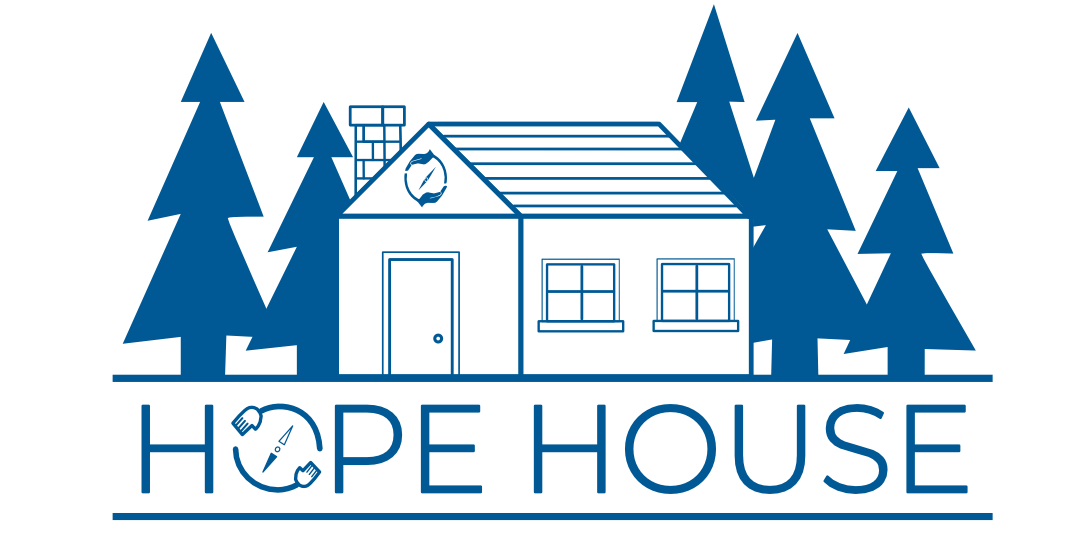Addiction doesn’t just impact individuals—it ripples through families, workplaces, and entire communities. For those living with substance use disorder, or those supporting a loved one in recovery, finding a sustainable path forward is crucial. One of the most effective tools in long-term recovery is structured living, like the program offered by HOPE House in Nampa, Idaho.
Why Structured Living Matters
1. A Safe, Substance-Free Environment
Structured living homes provide an environment free from drugs and alcohol—essential in the early stages of recovery. HOPE House enforces a strict zero-tolerance policy, including random drug tests, breathalyzer screenings, and house rules to ensure residents remain accountable. This safety net minimizes exposure to common relapse triggers and helps individuals regain physical and emotional stability.
2. Routine and Personal Responsibility
Daily routines help rewire the brain after addiction. At HOPE House, residents follow structured schedules involving chores, curfews, and mandatory participation in recovery meetings. This repetition builds discipline and helps individuals rediscover self-worth. A 2010 study published in the Journal of Psychoactive Drugs found that residents in sober living environments with structured routines were significantly more likely to maintain sobriety and secure employment.
3. Community and Support
Recovery doesn’t happen in isolation. Shared living with others who understand the journey provides emotional support and daily accountability. HOPE House incorporates peer mentorship and employs on-site managers who guide residents and model healthy behavior. This community-based model helps reduce feelings of isolation and reinforces healthy habits.
4. Long-Term Success
HOPE House reports above-average outcomes: 77.8% of its residents remain sober after completing the program, and over 80% stay connected to recovery networks. These outcomes are backed by broader research. According to the National Institute on Drug Abuse, treatment and recovery outcomes improve dramatically when individuals are involved in long-term, structured care.
What Makes HOPE House Unique
Located in the heart of Nampa, Idaho, HOPE House offers men in recovery a safe and disciplined environment. Its approach includes:
-
Mandatory Recovery Meetings: Residents must attend two or more meetings weekly, whether it’s AA, NA, SMART Recovery, or Celebrate Recovery.
-
Employment Requirement: Within the first month, residents must find and maintain employment to foster independence and responsibility.
-
Chores and Shared Living Duties: Cleaning, meal preparation, and general house maintenance instill pride and ownership in the home environment.
-
Live-In Managers: Each house includes a live-in manager to ensure standards are upheld and to provide mentorship and support.
The result? A home that doesn’t just enforce sobriety but cultivates growth, healing, and accountability.
For Loved Ones: Why It Matters
If you’re watching someone you care about struggle, it’s natural to feel helpless. But structured living provides a turning point—a place where change becomes possible. It:
-
Removes access to substances
-
Builds essential life skills
-
Creates a community of support
-
Offers tangible results backed by data
HOPE House isn’t just housing—it’s transformation with structure, compassion, and proven outcomes.
Final Thoughts
Structured living programs like HOPE House are a critical piece of the recovery puzzle. They bridge the gap between treatment and total independence, offering residents the space and support needed to build a new life. Whether you are facing addiction yourself or walking beside someone who is, structured living in a community like HOPE House can provide the stability and tools necessary for lasting recovery.
To learn more or begin the journey, visit hopehouseus.com.



